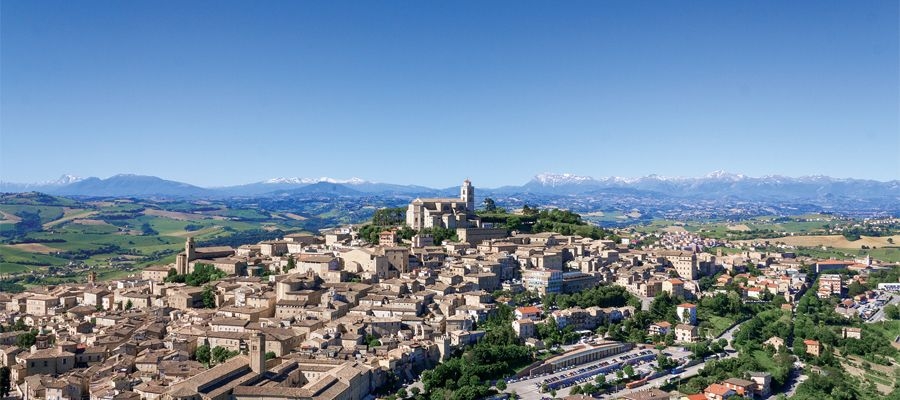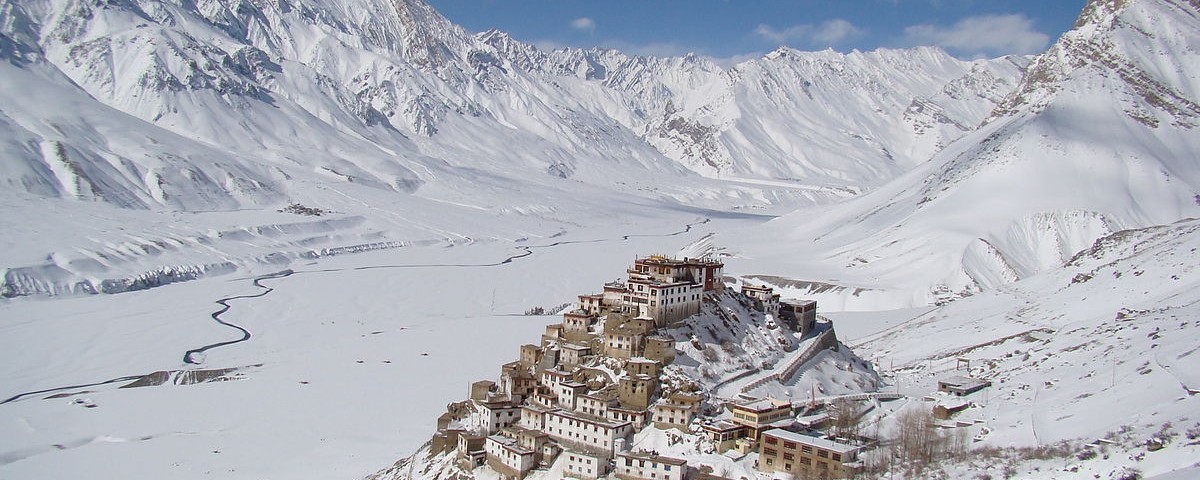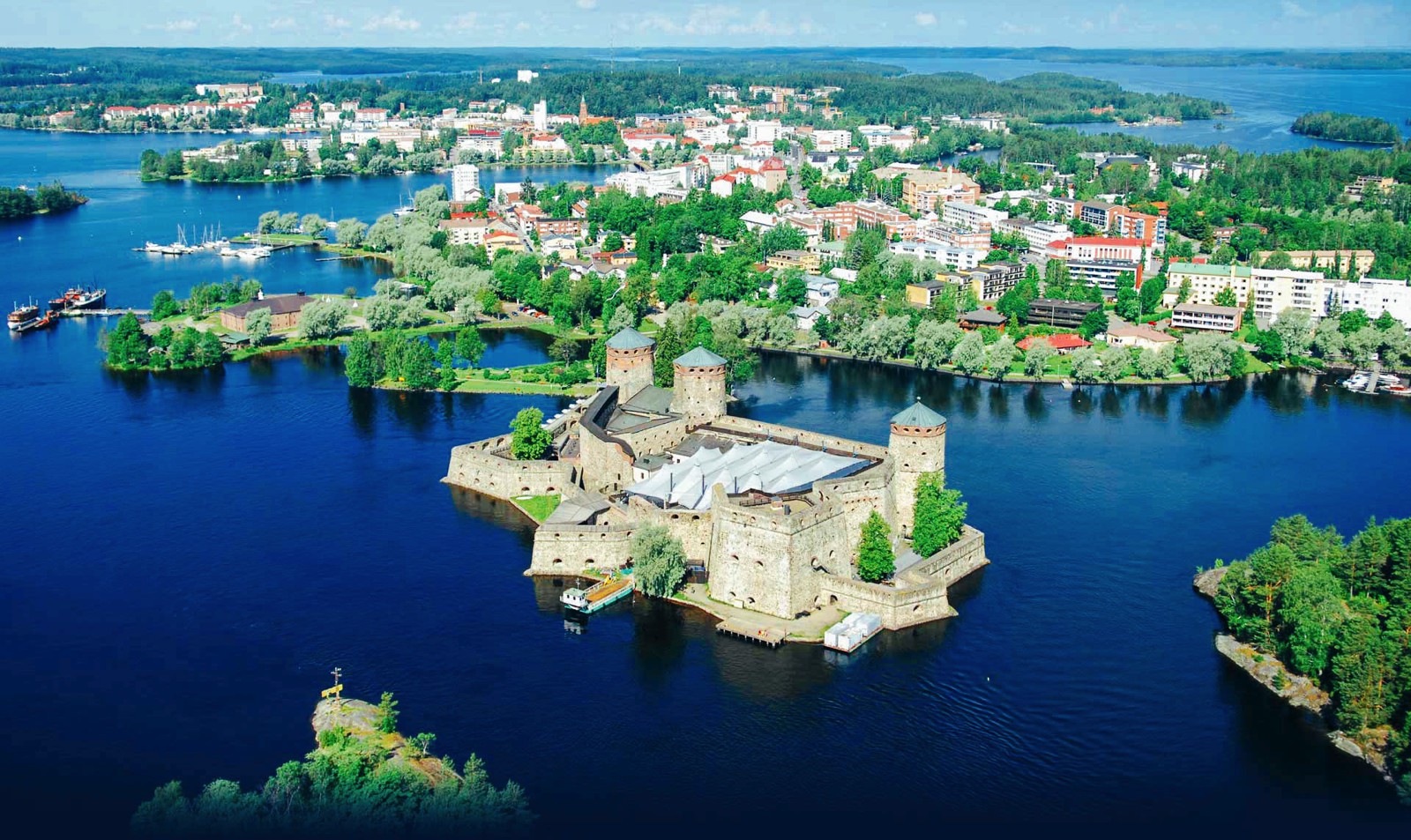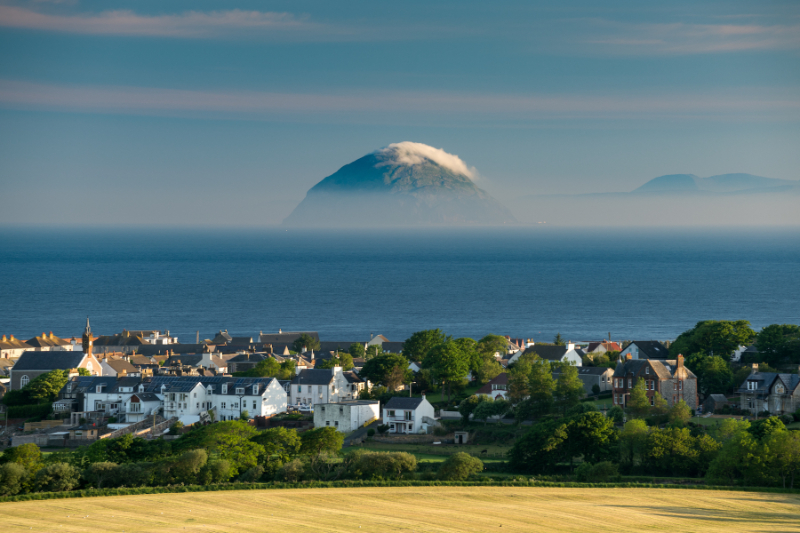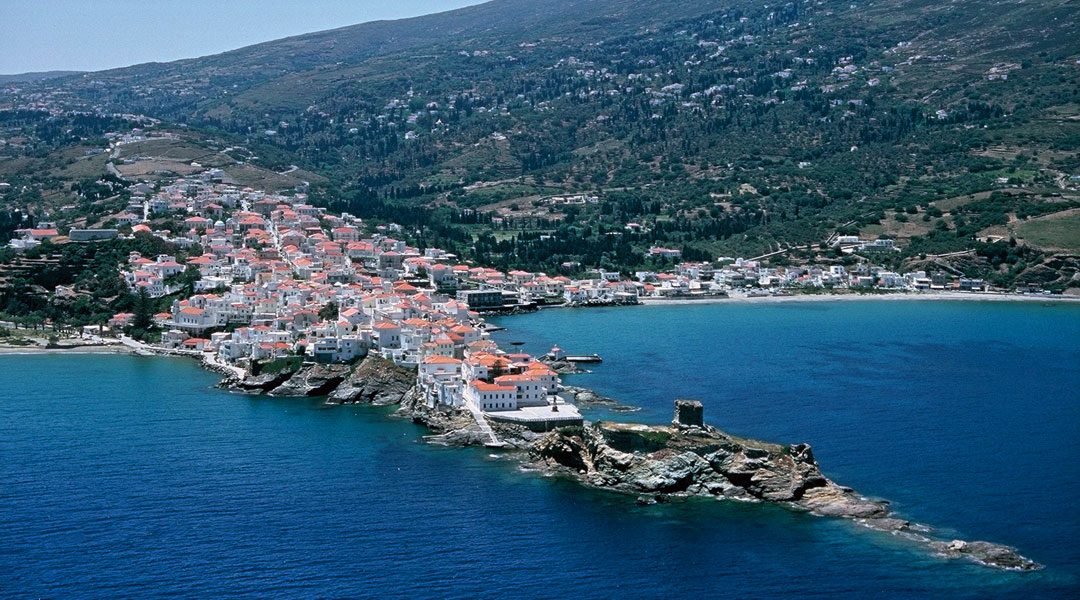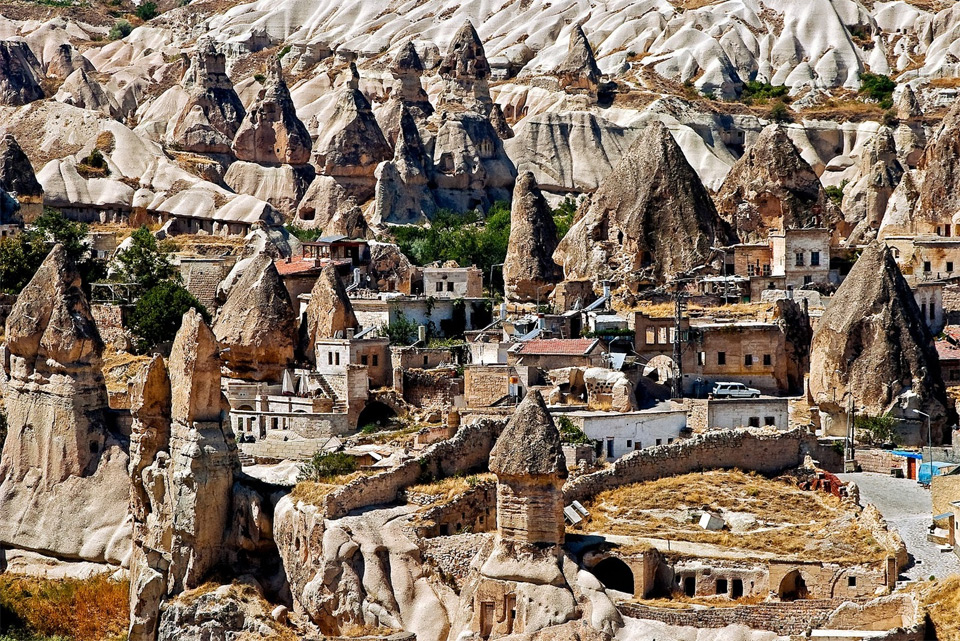On top of the hill you can see the size of the Cathedral, bright in the sun, and the holm oaks and conifers of the Girfalco esplanade, where there was the fortress that the Fermani demolished in 1446, during the rebellion against Francesco Sforza. The slopes that descend to the Tenna valley, on the one hand, and to the Ete Vivo valley, on the other, are intertwined, winding or steep, with narrow streets and alleys, among dark houses, 15th century palaces, and medieval views.Founded by the Sabines and later colonized by the Romans (who gave great strategic and historical importance to the city) it lived tragic moments when it was devastated by the Goths and Visigoths. Archaeologically it is already documented the existence of Fermo during the Bronze Age between the 8th – 4th century BC.
In this period are placed the first developments of the Piceno-Fermana civilization, testified by the many remains of megalithic walls visible in various points of the city.
Approximately in 265 B.C. the first Latin colony established on the Sabulo hill (Firmum-Picenum) began to develop its agricultural-pastoral potential, favored by the optimal position between sea and mountains and the great abundance of water. Walking through the streets of the city, it is not difficult to come across the numerous monuments that testify to its rich history. The first historical monument, the only one of its kind in Italy, is the underground architectural complex called CISTERNE EPURATORIE ROMANE (hydraulic work of the Augustan period). Perfectly preserved, built between 40 and 61 A.D., it consists of thirty large rooms arranged in three parallel rows connected to each other. The monument shows all the daring building ambition and the level of masonry art known to the Romans. The cisterns had the task of collecting rain and spring water which, when purified, was used to supply the city and its navy (the current Adriatic Riviera where the port of Fermo was located). It is important to know that this complex remained in operation with only two of the thirty rooms until the end of the 19th century. The access to the monument is located in the charming Via degli Aceti.Since ancient times, the current Piazza del Popolo, the center of gravity of city life, in every historical period saw the development of art, entertainment, commerce and anything else that served the development and welfare of the population.
The Piazza, surrounded by palaces overhanging colonnades with round arches of extreme beauty, shows as first impact, entering from Largo Calzecchi Onesti, the Governor’s Palace. This once the residence of the governor and the delegates of the papal state, connects Largo Calzecchi Onesti to the square through its late Renaissance portal, begun in 1532 and built in stone and brick. The palace, with its symmetrical façade of Renaissance origin, retains its original friezes and reveals all its elegant architecture.
